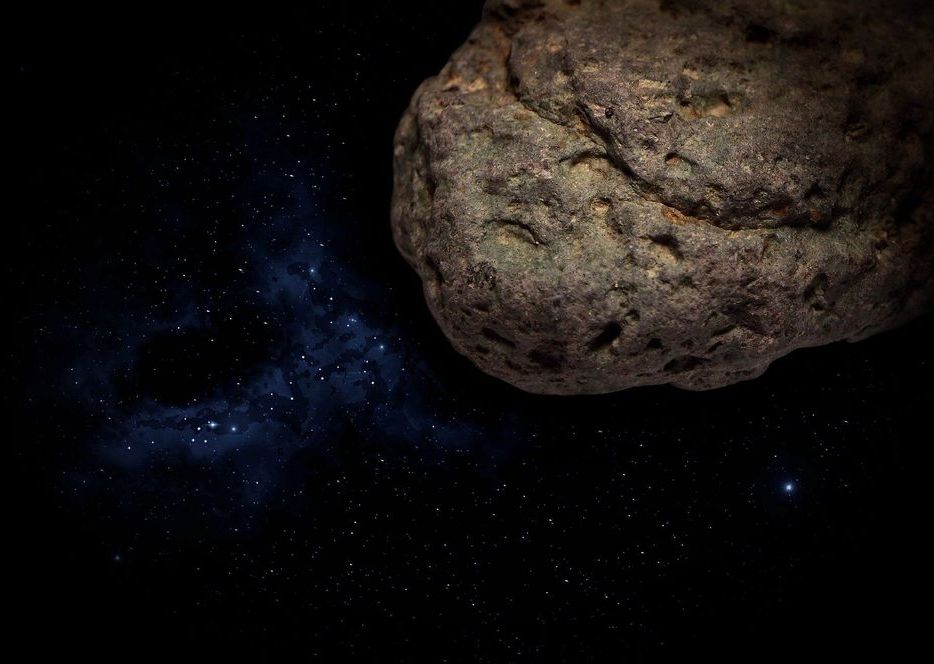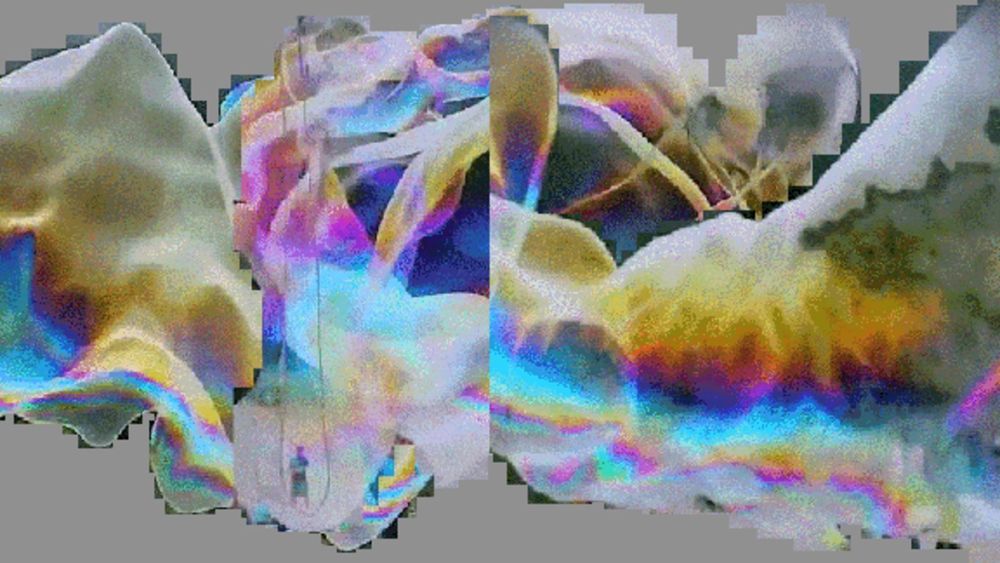New algorithm delivers the highest-ever density for large-scale data storage.



In the age of big data, we are quickly producing far more digital information than we can possibly store.
Last year, $20 billion was spent on new data centers in the US alone, doubling the capital expenditure on data center infrastructure from 2016.
And even with skyrocketing investment in data storage, corporations and the public sector are falling behind.

The particle known as a Majorana fermion is as mysterious and uncontrollable as it is unique. It’s the only known particle that is also its own antiparticle, and has properties that make it an alluring candidate for qubits, the basic unit of information in a quantum computer.
Harnessing that potential, however, is easier said than done — Majorana fermions are slippery little suckers. But a team of particle physicists now reports they’ve found a way to control them.
“We now have a new way to engineer Majorana quasiparticles in materials,” said physicist Ali Yazdani of Princeton University. “We can verify their existence by imaging them and we can characterise their predicted properties.”


As mysterious as the Italian scientist for which it is named, the Majorana particle is one of the most compelling quests in physics.
Its fame stems from its strange properties—it is the only particle that is its own antiparticle—and from its potential to be harnessed for future quantum computing.
In recent years, a handful of groups including a team at Princeton have reported finding the Majorana in various materials, but the challenge is how to manipulate it for quantum computation.

Work by a team of University of Adelaide scientists to perfect metal and mineral extraction processes is bringing the possibility of mining the wealth contained within asteroids closer to reality. But science fiction won’t become fact until asteroid mining becomes economically as well as technically viable.
“Asteroids such as Bennu are closer to us than Adelaide is to Alice Springs, about 1000 kilometres away in Earth’s near orbit,” says Professor Volker Hessel, Deputy Dean-Research from the University of Adelaide’s Faculty of Engineering, Computer & Mathematical Sciences (ECMS) and Professor in the School of Chemical Engineering.
“Advances in space exploration mean that these bodies which contain nickel, cobalt, and platinum as well as water and organic matter, are now within reach.”

This week, UK-based futurologist Ian Pearson announced humanity will achieve immortality by the year 2050. Is he right?
According to the former rocket scientist and IT engineer – who claims to have an 85 percent success rate “when looking 10–15 years ahead” – recent advances in biomedical and computing technology will inevitably lead to victory over death via one of three means:

At the chemical level, diamonds are no more than carbon atoms aligned in a precise, three-dimensional (3D) crystal lattice. However, even a seemingly flawless diamond contains defects: spots in that lattice where a carbon atom is missing or has been replaced by something else. Some of these defects are highly desirable; they trap individual electrons that can absorb or emit light, causing the various colors found in diamond gemstones and, more importantly, creating a platform for diverse quantum technologies for advanced computing, secure communication and precision sensing.
Quantum technologies are based on units of quantum information known as “qubits.” The spin of electrons are prime candidates to serve as qubits; unlike binary computing systems where data takes the form of only 0s or 1s, electron spin can represent information as 0, 1, or both simultaneously in a quantum superposition. Qubits from diamonds are of particular interest to quantum scientists because their quantum-mechanical properties, including superposition, exist at room temperature, unlike many other potential quantum resources.
The practical challenge of collecting information from a single atom deep inside a crystal is a daunting one, however. Penn Engineers addressed this problem in a recent study in which they devised a way to pattern the surface of a diamond that makes it easier to collect light from the defects inside. Called a metalens, this surface structure contains nanoscale features that bend and focus the light emitted by the defects, despite being effectively flat.

Any day now, quantum computers will solve a problem too hard for a classical computer to take on. Or at least, that’s what we’ve been hoping. Scientists and companies are racing toward this computing milestone, dubbed quantum supremacy and seemingly just beyond our reach, and if you’ve been following the quantum computing story, you might wonder why we’re not there yet, given all the hype.
The short answer is that controlling the quantum properties of particles is hard. And even if we could use them to compute, “quantum supremacy” is a misleading term. The first quantum supremacy demonstration will almost certainly be a contrived problem that won’t have a practical or consumer use. Nonetheless, it’s a crucial milestone when it comes to benchmarking these devices and establishing what they can actually do. So what’s holding us back from the future?